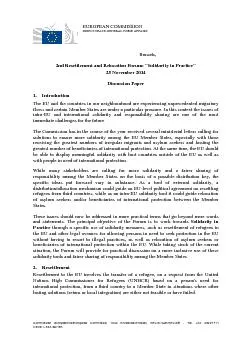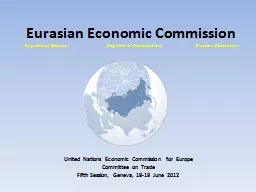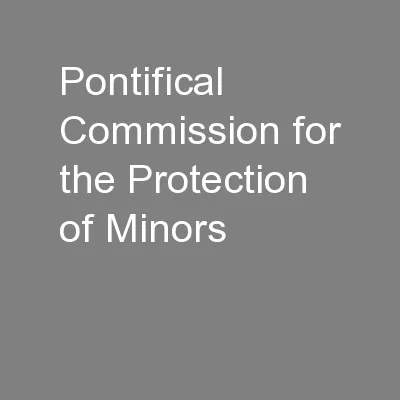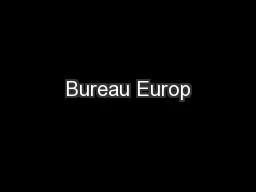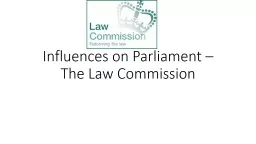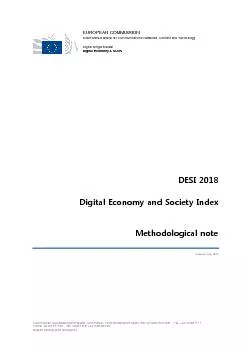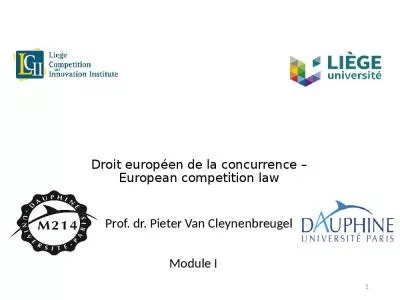PDF-Commission europ
Author : lindy-dunigan | Published Date : 2017-11-25
EUROPEAN COMMISSION DIRECTORATEGENERAL HOME AFFAIRS 2nd Resettlement and Relocation Discussion Paper Introduction The EU and the countries in our neighbourhood are
Presentation Embed Code
Download Presentation
Download Presentation The PPT/PDF document "Commission europ" is the property of its rightful owner. Permission is granted to download and print the materials on this website for personal, non-commercial use only, and to display it on your personal computer provided you do not modify the materials and that you retain all copyright notices contained in the materials. By downloading content from our website, you accept the terms of this agreement.
Commission europ: Transcript
Download Rules Of Document
"Commission europ"The content belongs to its owner. You may download and print it for personal use, without modification, and keep all copyright notices. By downloading, you agree to these terms.
Related Documents

